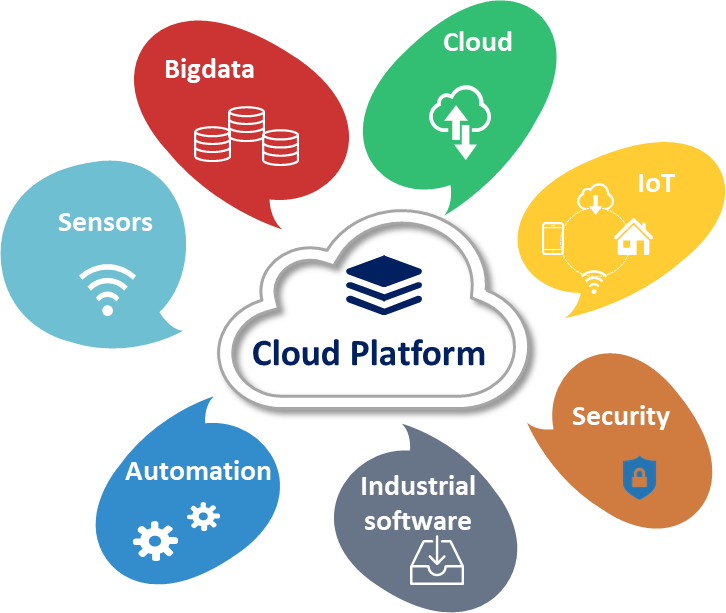- Introduction to Cloud Computing:
Cloud computing is a ubiquitous computing model that can provide convenient on-demand network access to a shared pool of configurable computing resources such as networks, servers, storage, databases, applications, services that can be rapidly provisioned and released with minimal management effort or along with service provider interaction. It’s a pay-as-you-go model, enterprises can lower the Capital expenditure (CAPEX); Operating expense (OPEX) and their infrastructure more efficiently, and scale as per the business requirements.
Consumers can test the Cloud computing model to shift from the traditional way of businesses to the cloud through these five essential characteristics, three service models, and four deployment models.
Five Essential Characteristics:
Cloud computing made fundamental changes the way IT services are delivered and consumed.
1. On-demand self-service:
A user can provision computing capabilities, such as server time and network storage, as needed automatically without requiring human interaction with the service provider.
2. Broad network access:
All Capabilities are available over the network and accessed through standard mechanisms that support client platforms such as mobile phones, tablets, laptops, and workstations.
3. Resource pooling:
The provider’s computing resources are pooled to serve multiple users using a multi-tenant model, with different physical and virtual resources. Computing resources are dynamically assigned and reassigned according to user demand. Examples of Computing resources include storage, processing, memory, and network bandwidth.
4. Rapid elasticity:
Capabilities can be elastically provisioned and released, in some cases automatically, to scale rapidly outward and inward with user demand. To the consumer, the capabilities available for flexible provisioning often appear to be unlimited and can be appropriated in any quantity at any time.
5. Measured service:
Cloud systems automatically control and optimize resource use by leveraging a metering capability at some level of abstraction appropriate to the type of services such as storage, processing, bandwidth, and active user accounts. Resource usage can be monitored, controlled, accounted, and reports providing transparency for both the provider and consumer of the utilized services over the usage period.
#cloud #infrastructure #cloud-computing #google #cloud-services
